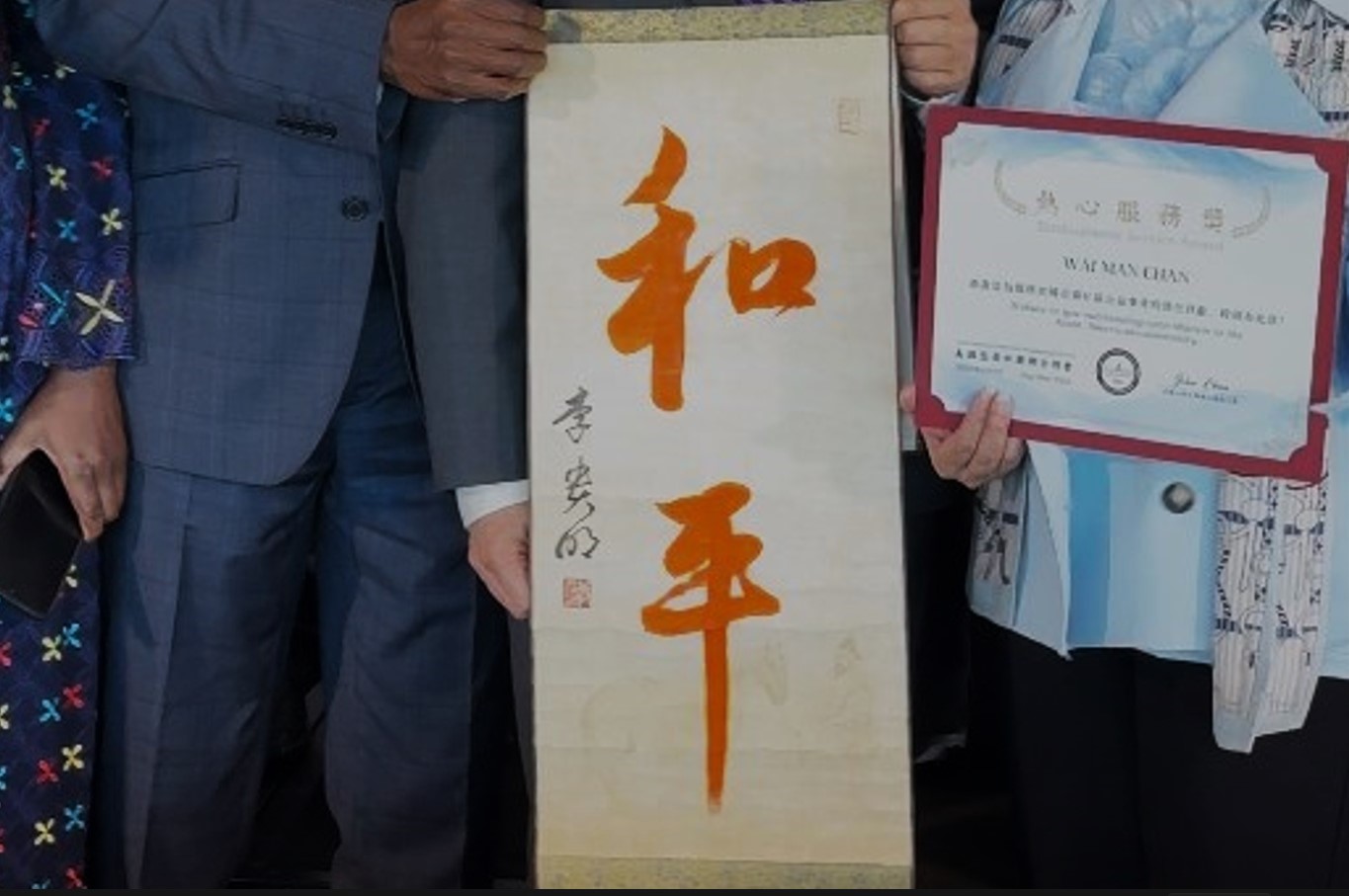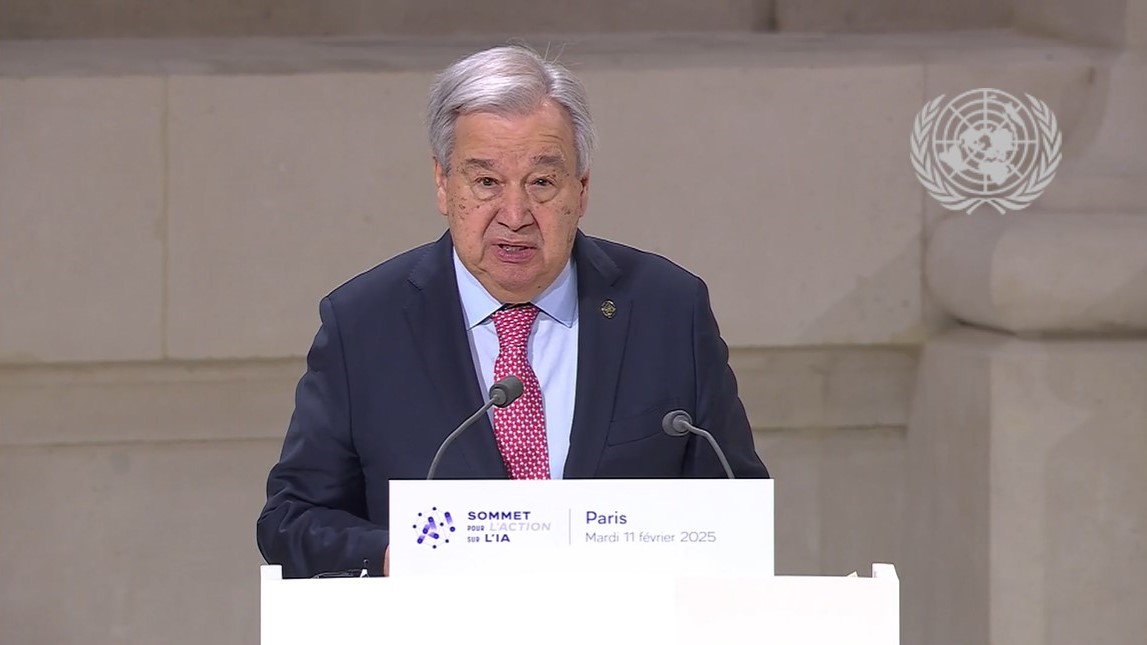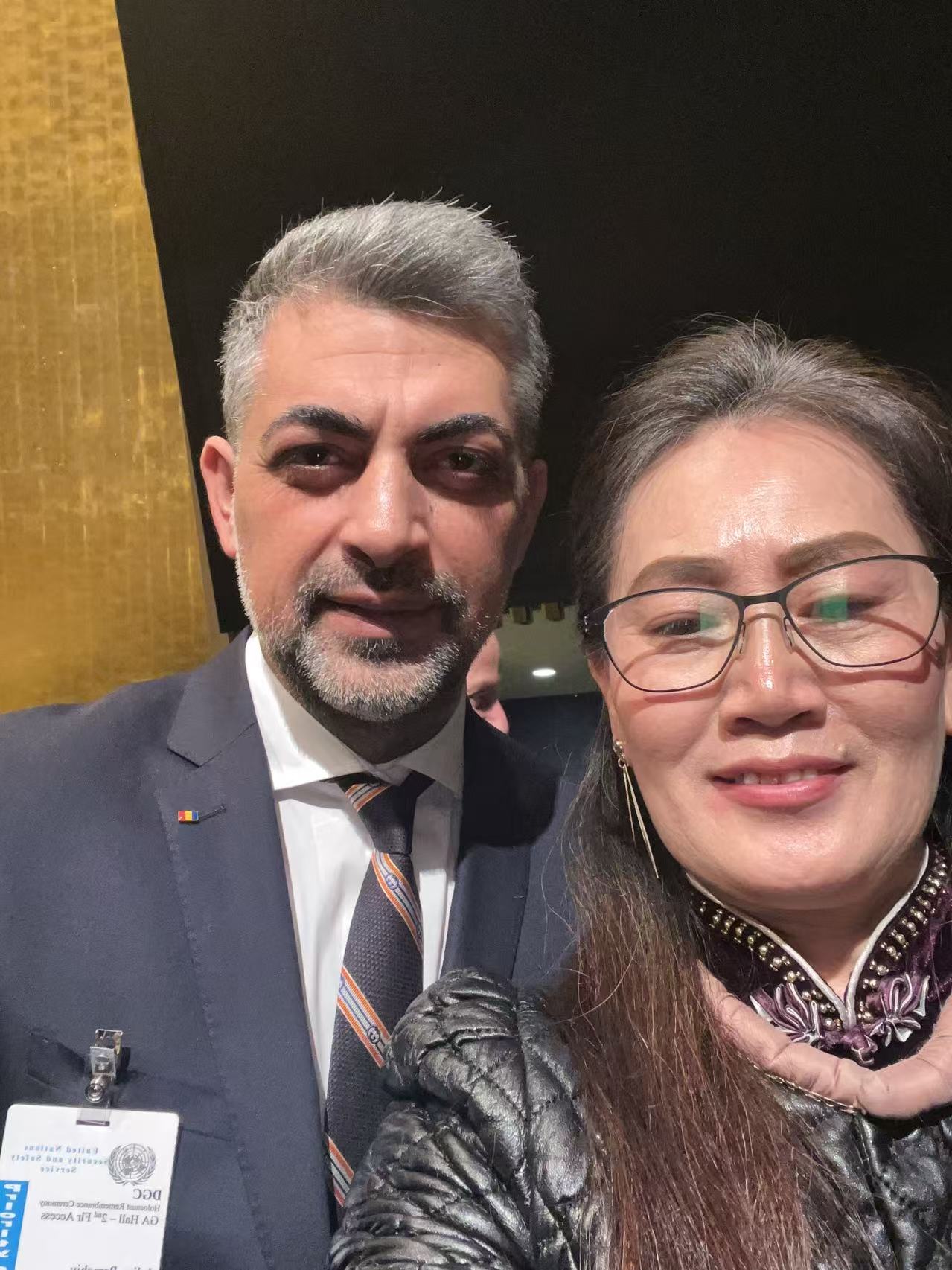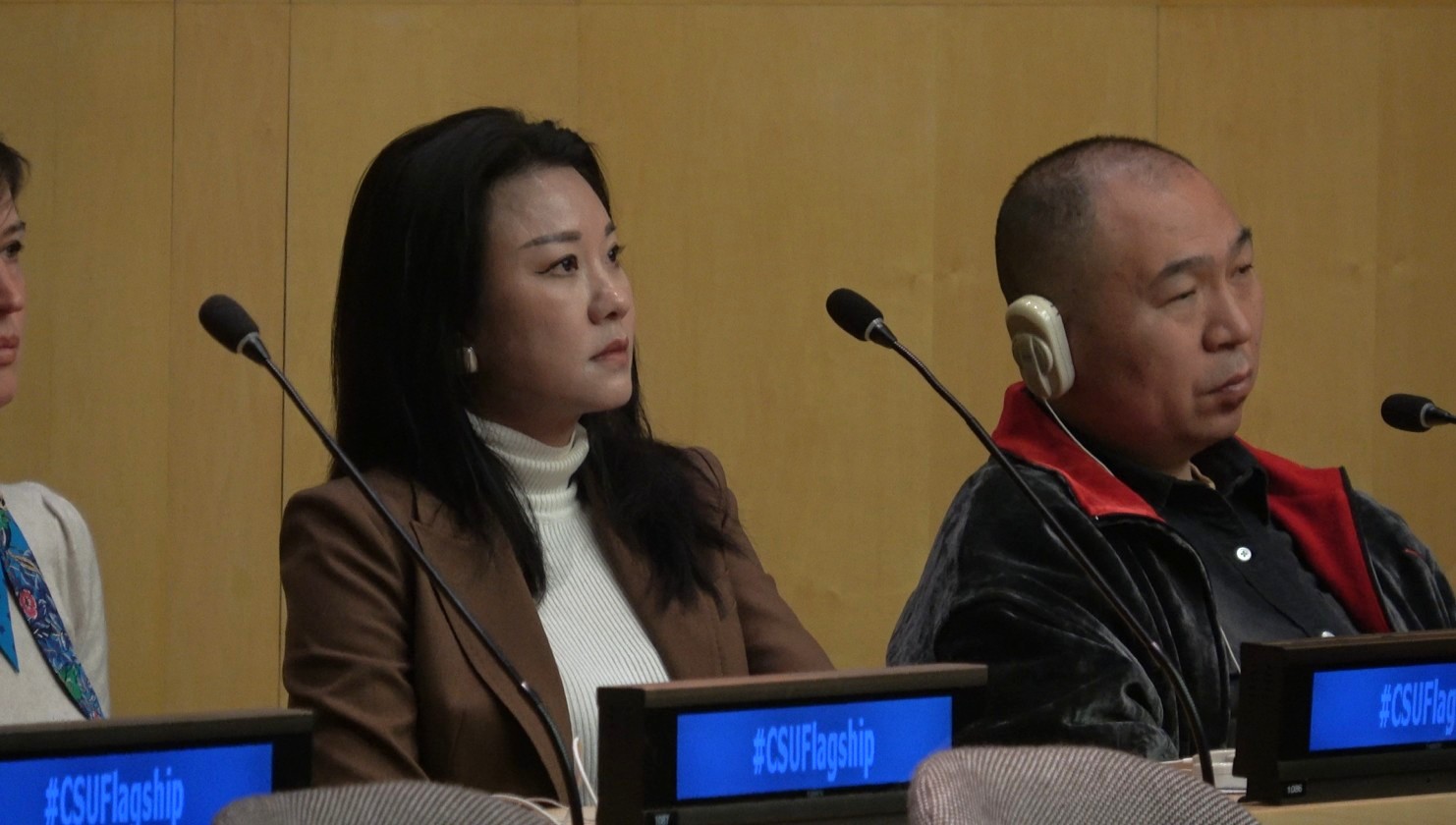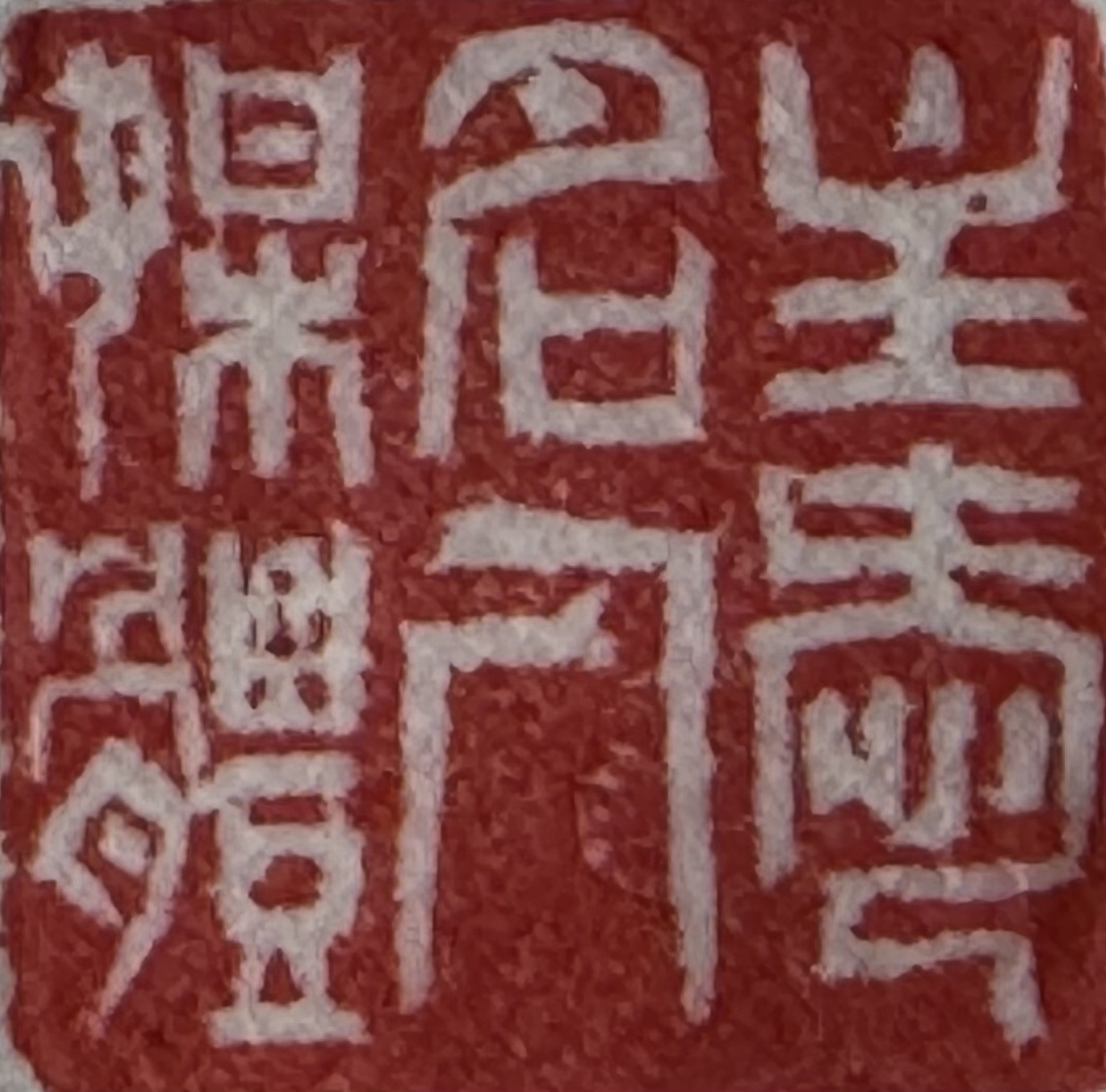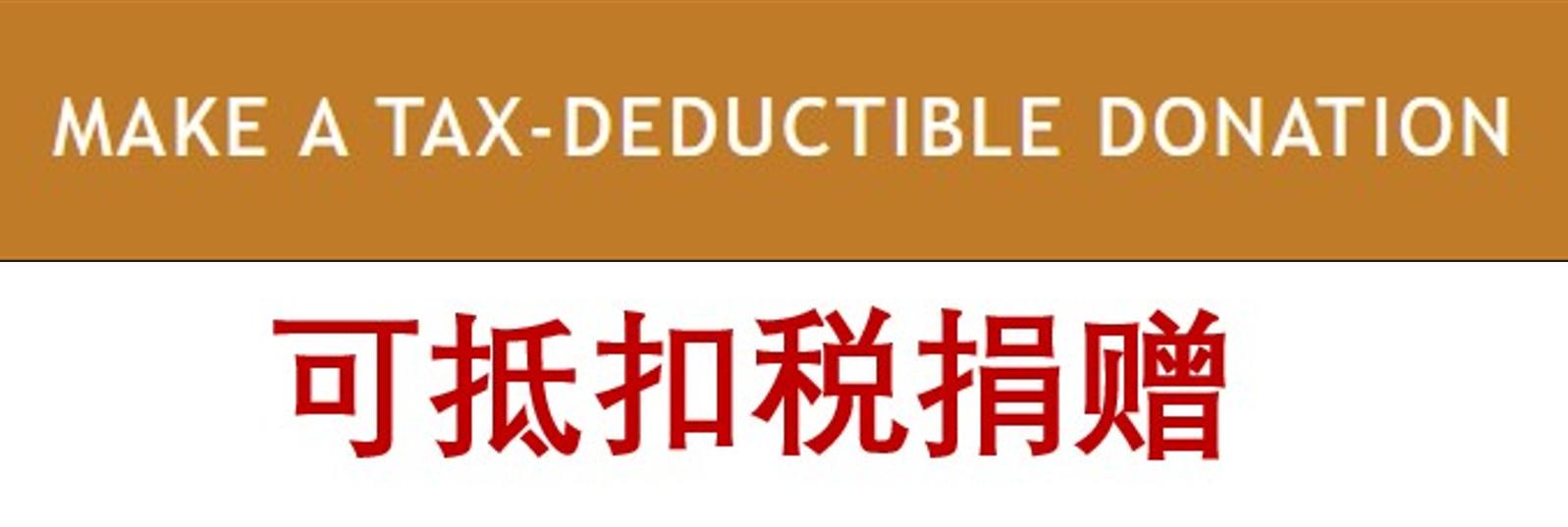
Did you know that women represent just 38 per cent of all ocean scientists? A women-led community organisation in the Seaflower UNESCO Biosphere Reserve in the Caribbean, is working to restore some of the most important marine ecosystems in the world and paving the way for bigger women's representation in ocean science.
Known as ‘the island in the Sea of the Seven Colors’, San Andres is the biggest island in the Seaflower, containing part of one of the richest coral reefs in the world
San Andres itself is a coral island, meaning it was geologically built by organic material derived from skeletons of corals and numerous other animals and plants associated with these colonial organisms. These types of islands are low land, being mostly only a few metres above sea level, surrounded by coconut palms and white coral sand beaches.
It is no coincidence that this Colombian island is a world-class scuba diving destination with crystal clear waters, and a tourist hub visited by over a million people each year.
But being so ‘in demand’ has a key downside: San Andres’ unique ecosystems and natural resources have been deeply impacted. This is something that biologist and professional diver Maria Fernanda Maya has witnessed first-hand.
A community protecting the ocean
“I have seen San Andres change in the past 20 years; the decrease of fish and coral cover has been quite high. Just like the rest of the world, we have experienced a very large demographic explosion, and the pressure on our resources is increasing,” she tells UN News.
Ms. Maya has been diving and working most of her life to protect the treasures of the Seaflower Biosphere Reserve. She is the director of Blue Indigo Foundation, a women-led community organization that works towards the sustainable development of the San Andres Archipelago, and the protection and restoration of its marine ecosystems.
She says she decided to create the foundation because she believes that the local community must lead the protection of its own resources.
“I have worked for many international and national-led environmental projects in the past, and what happens is that people come, do a timed project, and then leave. And then there is no way for the local community to continue it,” the biologist explains.
I am an islander. I formed a relationship with the ocean before I was even born.
Ms. Maya works alongside scientific coordinator Mariana Gnecco, who is her partner in the foundation.
“I am an islander; I formed a relationship with the ocean before I was even born. I’ve always known I never want to be far from the sea,” she tells UN News.
Ms. Gnecco has been freediving since she was just 10 years old, and, like Ms. Maya, got her scuba certification before the age of 14 and later graduated from university as a biologist. She is now also pursuing her PhD.
Women in marine science
According to UNESCO, women engage in all aspects of ocean interaction, yet in many parts of the world, women’s contributions – both towards ocean-based livelihoods like fishing, and conservation efforts – are all but invisible as gender inequality persists in the marine industry as well as the field of ocean science.
In fact, women represent just 38 per cent of all ocean scientists and further, there is very little data or in-depth research on the issue of women’s representation in the field
Both Ms. Maya and Ms. Gnecco can attest to this.
“Men are the ones usually leading marine science and when there are women in charge they are always doubted. Somehow, it’s good to have them as assistants, or in the laboratory, but when women lead the projects, I have always felt there is some kind of pushback. When a woman speaks with passion ‘she is getting hysterical’; when a woman makes unconventional decisions, ‘she is crazy’, but when a man does it, it is because ‘he’s a leader’”, denounces Ms. Maya.
She says that because this has been an unwritten truth that women grapple with, she worked hard at the Foundation to create and nurture an atmosphere that is the opposite.
“We have been able to harmonize the work between women and men partners, recognizing, valuing and empowering the feminine forces, as well as what men have to offer,” Ms. Maya stresses.
“Our opinions, our expertise, and our knowledge have been overlooked for so many years that being able to lead a project like this now means a lot. It symbolizes a [a great deal] in terms of equality and inclusion. Although we still have a long way to go because women in science are still undermined a lot of the time, I think we are on the right path to tackle that problem for good,” echoes Ms. Gnecco.
Saving the coral reefs
On the day the Blue Indigo biologists met with the UN News field reporting team, Ms. Maya and Ms. Gnecco braved a non-stop torrential downpour caused by a cold front in San Andres, a common occurrence during the Atlantic hurricane season.
That morning, we thought it might be impossible to report this story because the rain had turned the island’s streets into rivers, and some of the areas we needed to reach had been turned into mud pits.
“And they say women are scared to drive,” Ms. Maya said with a sly laugh when she picked us up on the way to one of the restoration sites they are working on as one of the local implementers of the nationwide project “One Million Corals for Colombia”, that aims to restore 200 hectares of reef across the country.
Earlier that morning, all diving on the island had been halted due to the weather, but conditions (at least on the water) did eventually improve, and authorities turned the red flag yellow.
That news sparked a mini celebration among a group of eager student divers who thought their day was ruined.
Meanwhile, the rest of us put on scuba gear and walked toward the shore in the (still) pouring rain.
“Once you’re underwater, you are going to forget about this grey day. You’ll see!” Ms. Maya said.
And she couldn’t have been more right. After taking the plunge from the rocky (and slippery) coral coast on the west side of the island, we experienced incredible calm beneath the waves.
The visibility was extremely good, and the biologists took us through some of the rope-type coral nurseries they were working on where Acropora coral fragments are growing. We also saw some of the already-transplanted coral within the stunning reef of San Andres.
Blue Indigo Foundation works closely with diving schools on the island, and they contribute to their restoration efforts. The NGO also teaches specialized courses in restoration for international divers several times a year.
“People come over to see our project and learn and they get engaged easier because then they ask us for the coral. ‘Oh, how’s my coral doing? The one we planted on the reef, how’s it doing?’,” Mariana Gnecco explains, adding that when people see the organisms thriving, it helps to raise general awareness.
The corals within the Seaflower Biosphere Reserve have been declining since the 70s, fueled by the rise in the temperature and acidification of the water, caused by excessive carbon emissions and consequent climate change.
“Those are the global threats, but we also have some local threats that are harming the reef, for example, overfishing, bad tourism practices, boat collisions, pollution, and sewage disposal,” underscores Ms. Gnecco.
Raizal people's efforts and sustainable tourism
By definition, UNESCO Biosphere Reserves are de facto centres for learning about sustainable development. They also provided an opportunity to examine up-close the changes and interactions between social and ecological systems, including the management of biodiversity.
“When a biosphere reserve is declared, it means that it is a special place, not just because of its biodiversity, but also because there's a community that has a special connection with that biodiversity, a connection that's been going for decades with a cultural and historical value,” Ms. Gnecco explains.
The Seaflower is very special, she adds, telling us that it comprises 10 per cent of the Caribbean Sea, 75 per cent of Colombia’s coral reefs and that it’s a hotspot for shark conservation.
“The local community – the Raizal people, that have been living here for generations – have learned how to relate to these ecosystems in a healthy and sustainable way. This is our way of living for both Raizal and other residents. We depend completely on this ecosystem and on its biodiversity, that's why it's important and special”, the biologist adds.
The Raizal are an Afro-Caribbean ethnic group living in the islands of San Andrés, Providencia and Santa Catalina off the Colombian Caribbean Coast. They are recognized by the Government as one of the Afro-Colombian ethnic groups.
They speak San Andrés-Providencia Creole, one of many English Creoles used in the Caribbean. 20 years ago, the Raizal represented over half of the island’s population. Today, the general population is nearly 80,000, but the Raizal make up about 40 per cent, due to a high migration influx from the mainland.
Raizal Marine Biologist and researcher Alfredo Abril-Howard also works at Blue Indigo foundation.
“Our culture is closely tied to the ocean. The fishermen are the first to notice changes in the coral – for example, they notice that healthy reefs attract more fish. They can describe a vivid picture of the way the reefs looked in the past…no one understands the importance of our reefs better than them,” he underscores.
The expert says that he believes there is a major socioeconomic issue in San Andres: other than tourism, there are very few ways for his people to make a living.
“Tourism keeps growing and most economic activities revolve around it. So, we need more fish because there are more tourists, so now we catch fish of any size affecting the ecosystem”, he says, emphasizing that better tourism management could generate better economic opportunities for locals while letting the reef flourish at the same time.
Mr. Abril-Howard explains that diving, if sustainably managed, can also have an impact on the ecosystem. It can also help to raise awareness about restoration efforts and at the same time give back to the reef.
“We need a change in the way we do our tourism. Restoring our reefs is important, but we also need to make visitors aware that it is there, and that it is not a rock, It is a living being and that they shouldn’t step on it. These are small things that can benefit the future coral cover. We also need to show people that there is more to this island than coming to party and get drunk, so they can learn something,” he says.
A job for ‘superheroes’
For Camilo Leche, also Raizal, coral restoration efforts are now a part of his life as a fisherman.
“I have been fishing for over 30 years. I remember seeing coral bleaching for the first time – you know when coral starts turning white – and thinking that it was because the coral was getting old, like we get white hairs. But now I understand it is because of climate change,” he told us just before going on his morning fishing expedition.
“Before I could see beautiful giant corals around here and it was so easy to find lobster and big fish, now we have to go further and further to find them”, he adds.
Mr. Leche says that he hopes that world leaders can put their ‘hands on their hearts and in their pockets’ to finance more restoration efforts such as the one undertaken by the Foundation, which he now helps.
“I have learned how to fragment corals, to put them in the ropes. We also go out to make the transplants. And those little pieces are now becoming so big and beautiful, when I see them, I feel so proud of it. I feel like a superhero”.
Swimming against the tide
San Andres is not only losing its coral reef cover and fish banks, but the island also faces coastal erosion and is vulnerable to sea level rise and extreme weather events such as hurricanes.
All these are destroying infrastructure and reducing the island’s beautiful beach cover. In some areas, locals say that before they could play a football game in places where only a meter of beach is now seen.
The ecosystems Blue Indigo works to restore are essential to protect the community during extreme weather events.
For example, Colombian scientists were able to prove how the mangrove protected San Andres during hurricanes Eta and Iota in 2020, among other ways by reducing wind speeds by over 60 km/h.
At the same time, coral reefs can reduce by nearly 95 per cent the height of the waves coming from the east of the Caribbean Sea, as well as reduce their strength during storms.
“We know our restoration efforts can’t bring back the coral reef in its totality, because it is such a complex ecosystem. But by growing certain species we can have a positive impact, bring back the fish and ignite these organisms’ natural capacity to restore themselves,” says Blue Indigo chief Maria Fernanda Maya.
For Mariana Gnecco, it is about aiding the reef to survive during a transformation of its environment happening due to climate change.
“What we need is a functional ecosystem. We are trying to at least give it a helping hand so it can adapt to climate change. The ecosystem is going to change, that's going to happen, but if we help it will happen at least in a way that is not going to die completely”, she says.
Both the UN Decade for Ecosystem Restoration and the UN Decade of Ocean Science for Sustainable Development, both of which began in 2021 and will run until 2030, aim to find transformative ocean science solutions to guarantee a clean, productive and safe ocean, and to restore its marine ecosystems.
According to UNESCO, mainstreaming gender equality throughout the Ocean Science Decade will help ensure that, by 2030, women as much as men will be driving ocean science and management, helping to deliver the ocean we need for a prosperous, sustainable and environmentally secure future.
“The women that are involved in this are paving the path for all the women that are coming behind. Indeed, the future is problematic, and we are swimming against the current, but I think anything that we can do is better than doing nothing.”
That’s Mariana Gnecco’s message to us all.
 Celebrity Media TV
Celebrity Media TV

